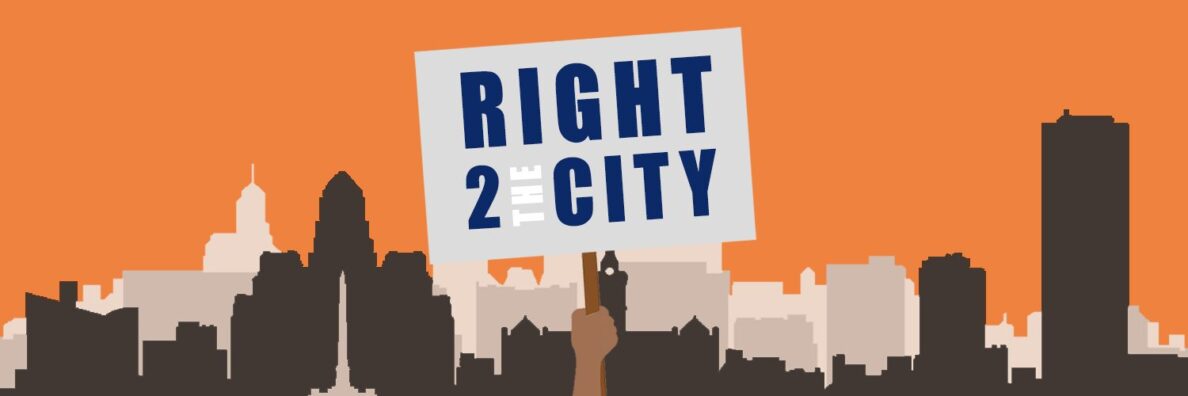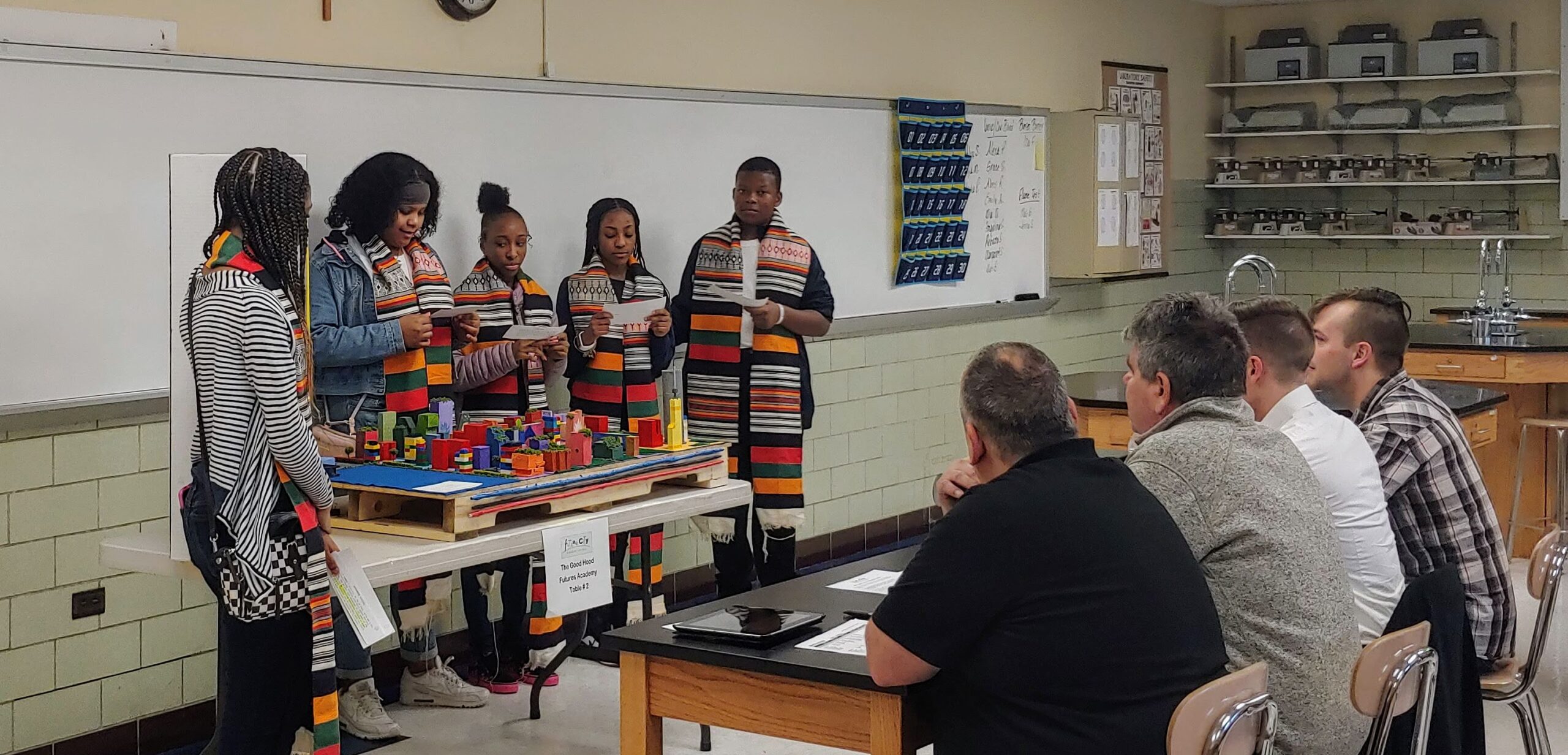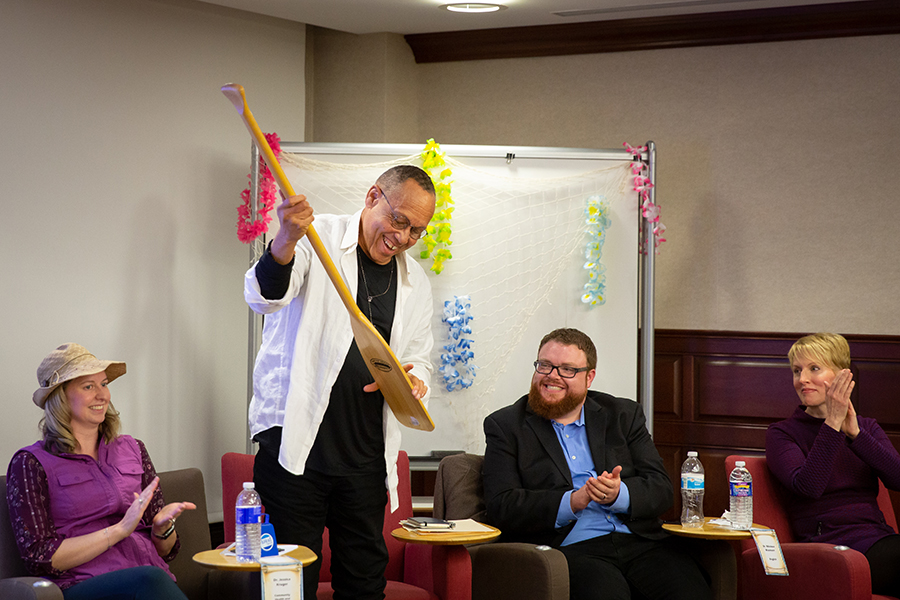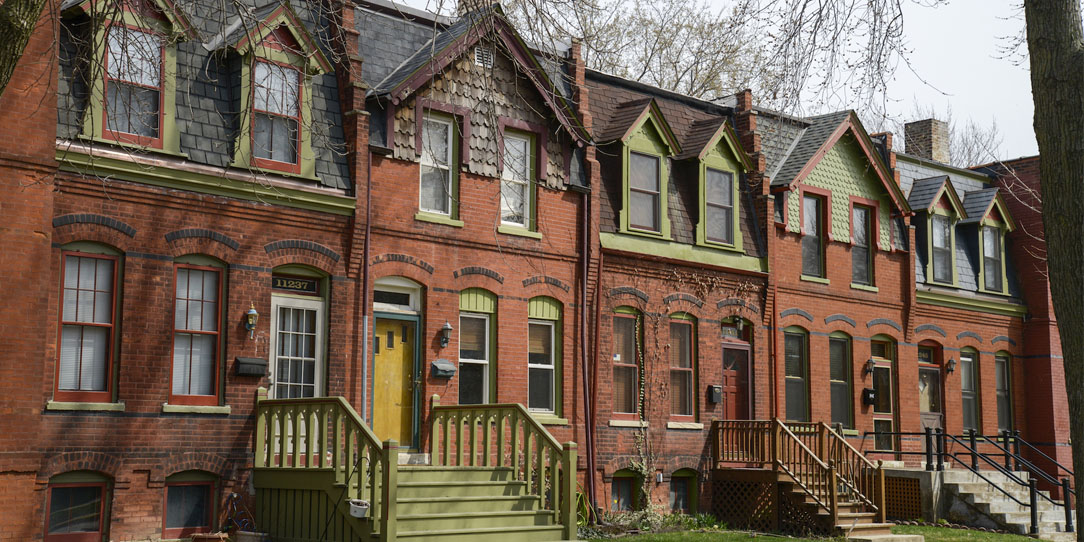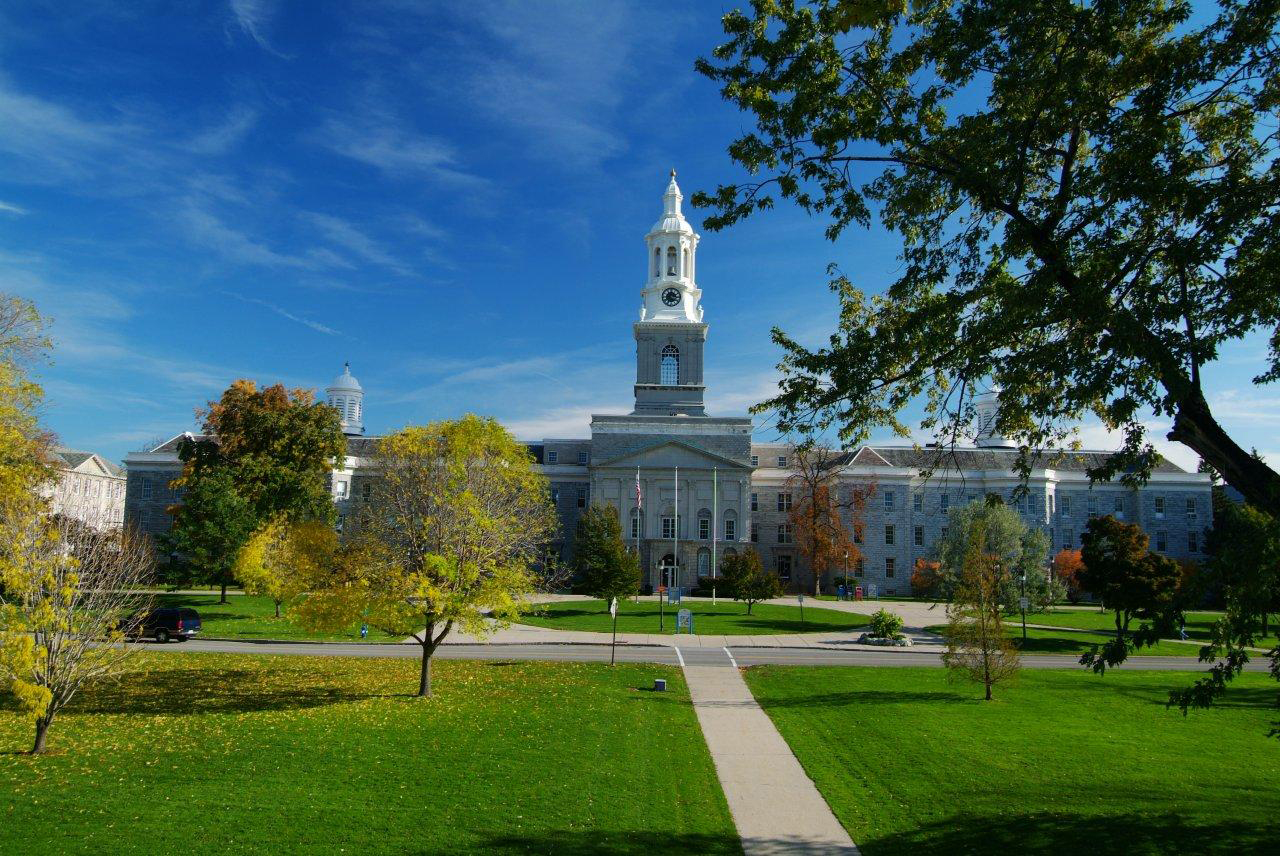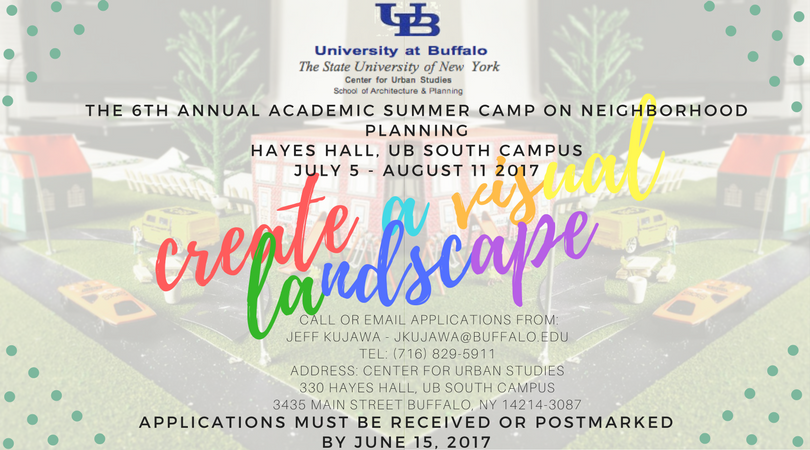Future City
By Beth Kwiatek
“What does it mean when a group of young Black faces walk into a suburban school and say, “We don’t belong here”? What does it mean when those same kids face judges who are all male and white? What does it mean when those Black kids see white kids build cities in The Congo, Morocco, and Zimbabwe?”
